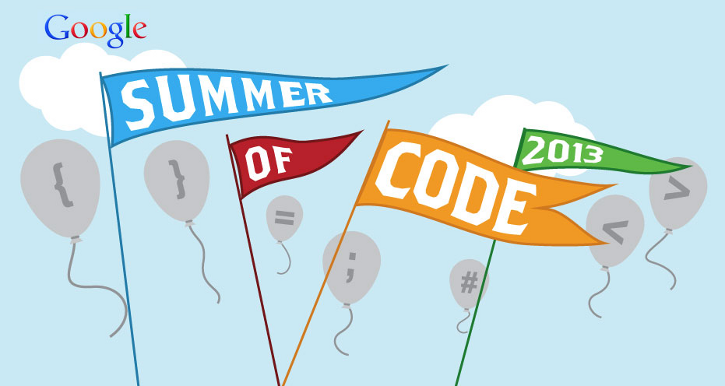
The Buildroot project is participating for the first time to the famous Google Summer of Code. This program, operated by Google, allows open-source projects to have students working on specific tasks for the summer, and the students get paid for their work, get mentored by open-source developers, learn about software development, open-source communities and more.
For its first participation to the GSoC, the Buildroot community has chosen one project: improving support for multimedia features of popular ARM SoCs. This consists in packaging in Buildroot all the necessary libraries and software components to support OpenGL, OpenVG, EGL, OpenMAX and similar technologies for the major ARM processors. The selected student for this project is Spenser Gilliland and Bootlin engineer Thomas Petazzoni is mentoring Spenser for this project.
The focus of the project is to add support for the multimedia features of the OMAP3, OMAP4 and AM33xx processors from Texas Instruments, the Broadcom processor found on the RasberryPi, the i.MX6 processor from Freescale, the Exynos 4 from Samsung and the Allwinner A1x processors. Throughout the next three months, support for the multimedia capabilities of those processors in Buildroot should become easier to use.
Spenser has already contributed support for GStreamer 1.x in Buildroot (which required upgrading the entire GLib/Gtk/Webkit stack) and OpenMAX support for the RasberryPi, and he is currently working on OpenGL support for the OMAP3/OMAP4/AM33xx platforms. The initial part of Spenser’s work will be in the next 2013.08 Buildroot release, while the remainder will have to wait the 2013.11 release.
For more details about the project, see its description on the eLinux.org wiki, and you can also keep track of Spenser’s progress.

 .
.